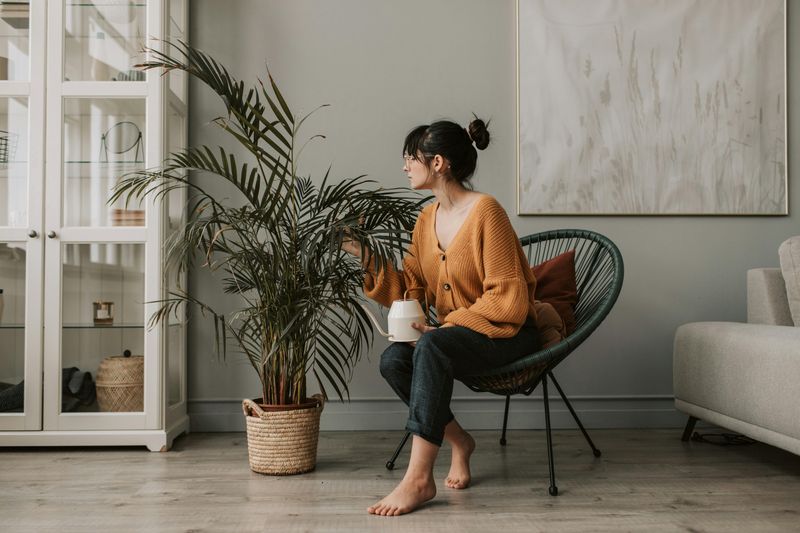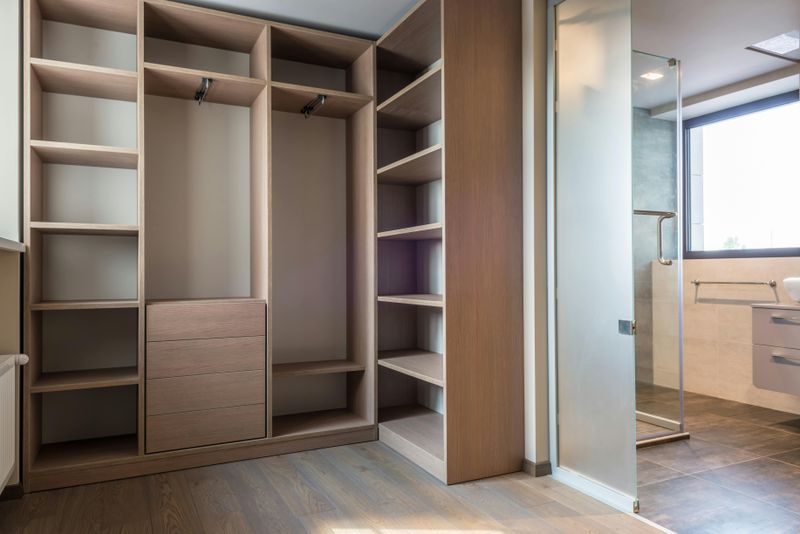Minimalist Living: How to Simplify Your Space and Mind

Living with less doesn’t mean living without joy. Minimalist living is about clearing away the excess stuff and mental noise that weighs us down, making room for what truly matters. When you simplify your space and mind, you’ll discover more peace, better focus, and a deeper appreciation for the things you choose to keep in your life.
1. Start with One Drawer at a Time

Big goals can feel overwhelming, but starting small makes all the difference. Pick just one drawer in your kitchen or bedroom and empty it completely onto a table.
Look at each item honestly. Do you actually use it? Does it bring value to your daily routine?
Keep only what serves a real purpose, then organize those items neatly back into the drawer. You’ll feel an instant sense of accomplishment that motivates you to tackle the next space. Small victories build momentum, turning decluttering from a dreaded chore into an exciting transformation journey.
2. Practice the Four-Box Method

Grab four boxes and label them: Keep, Donate, Trash, and Relocate. This simple system removes the guesswork from decluttering decisions.
As you go through your belongings, place each item into one of these categories without overthinking. The Keep box holds things you genuinely use and love.
Donate includes quality items others could enjoy. Trash is for broken or worn-out stuff, while Relocate contains things that belong in different rooms. This method forces you to make clear choices instead of shuffling items around aimlessly, creating real progress in your minimalist journey.
3. Limit Your Information Diet

Your brain processes thousands of messages daily from social media, news alerts, and endless notifications. All this information creates mental clutter just like physical stuff crowds your home.
Set specific times to check your phone instead of constantly scrolling. Unsubscribe from email lists that don’t add real value to your life.
Choose one or two trusted news sources rather than consuming every headline that pops up. When you control what enters your mind, you’ll notice improved concentration, less anxiety, and more mental energy for things that genuinely matter to you and your goals.
4. Create Daily Mindfulness Rituals

Mental clarity doesn’t happen by accident—it requires intentional practice. Dedicate just ten minutes each morning to journaling your thoughts or sitting quietly in meditation.
These practices help you process emotions and clear mental fog before the day’s chaos begins. Write down three things you’re grateful for or simply observe your breathing without judgment.
Over time, this daily ritual becomes your mental reset button, helping you approach challenges with a calmer mindset. Think of it as taking out the trash in your mind, making space for creativity, problem-solving, and genuine presence in each moment.
5. Adopt Mindful Consumption Habits

Before buying anything new, pause and ask yourself three questions: Do I need this? Will I use it regularly? Does it add genuine value to my life?
This simple practice prevents impulse purchases that eventually become clutter. Many items we buy promise happiness but end up forgotten in closets within weeks.
Wait 24 hours before making non-essential purchases—you’ll often realize you didn’t really want it after all. Shopping mindfully not only keeps your space clearer but also saves money and reduces the environmental impact of constant consumption. Your wallet and your home will thank you.
6. Follow the One In, One Out Rule

Here’s a game-changing rule: whenever you bring something new into your home, remove one similar item. Bought a new shirt? Donate an old one you rarely wear.
Got a new book? Pass along one you’ve already read to a friend or library.
This simple principle maintains balance in your space, preventing the gradual accumulation that leads to overwhelming clutter. It also makes you think twice before acquiring new things since you know you’ll need to let something go. Fun fact: this rule naturally trains your brain to value quality over quantity, transforming you into a more intentional consumer over time.
7. Design Functional Spaces Only

Every item in your home should earn its place by serving a clear purpose. Walk through each room and identify things that are just taking up space without adding function or joy.
That decorative bowl collecting dust? Gone. The exercise equipment you haven’t touched in months? Time to sell or donate it.
Keep surfaces clear except for items you use daily, creating visual calm that reduces stress. When each object has a job to do, your space works for you instead of against you. Functional doesn’t mean boring—it means intentional, purposeful, and surprisingly beautiful in its simplicity.
8. Embrace Quality Over Quantity

Owning fewer things of higher quality beats having tons of cheap stuff that breaks quickly. Invest in well-made items that last years instead of replacing flimsy products constantly.
A sturdy pair of boots costs more upfront but outlasts five cheap pairs, saving money long-term while reducing waste. Quality items also bring more satisfaction—there’s genuine pleasure in using something beautifully crafted.
This mindset shift changes how you shop, making you research purchases carefully and choose items you’ll treasure. When you surround yourself with fewer but better things, you develop deeper appreciation for what you own and stop chasing the next bargain.

Comments
Loading…